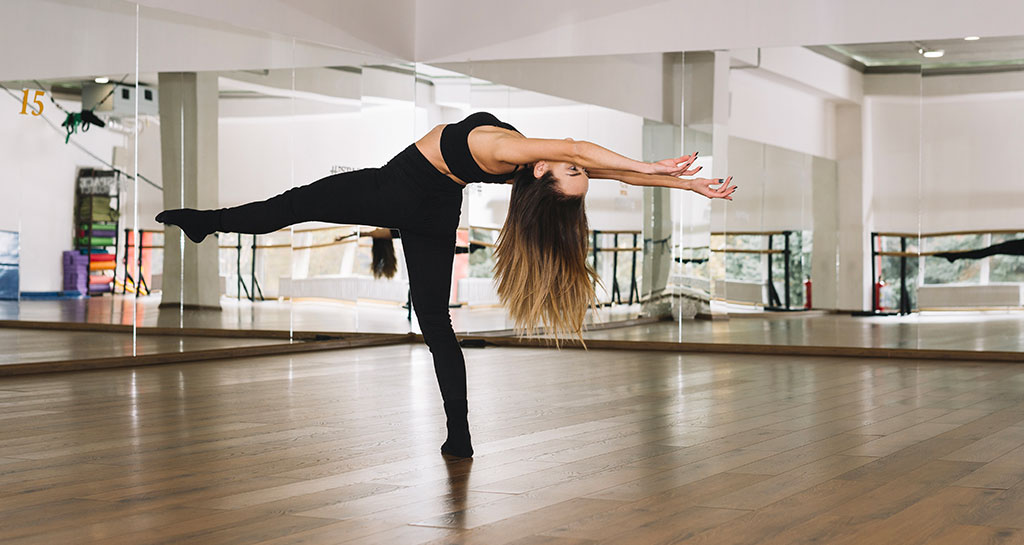The coach-athlete relationship emphasizes strategic aspects, supporting the client towards his goal and the ability to observe without judgment.
The life of top dancers is always up and down. They spend most of their lives in dance halls and it is not a hobby for them, but a way of life.
Every moment of pleasure a dancer feels during their performance is the culmination of all the confrontation and hardship they have endured to reach this level.
Dancing is a sport that looks easy, beautiful, and graceful. It is certainly beautiful, but not at all easy. There is such great fatigue that the body suffers even during sleep. There are moments of total frustration, internal and external conflicts to be faced on a daily basis.
A dancer is confronted on a daily basis with various issues such as:
• young adults lack a social life because of training,
• physical and mental recovery after an injury, because we are talking about a sport where the body is the working tool,
• couple problems, conflicts, which are very frequent and differ according to the age category,
• the stress of competition and training,
• lack of goals,
• the relationship with coaches and with other fellow athletes,
• the lack of time for his personal life,
• sports discrimination,
• anxiety,
• eating disorders and lack of sleep,
• self confidence,
• self-image.
It is a discipline that strongly requires the development of coaching within its framework. The issues are so many because it is an area with various stressors, combined with different age categories. The dancers face a lot of problems on the way to the top. They are more often in disappointment, failure and rejection than in achieving the desired result, which directly demonstrates the importance of coaching in this sport.
The goal of coaching is to unlock the potential of individuals to maximize their level of performance. It is about empowering athletes, increasing their sense of oneness and helping them become self-reliant, so that they can achieve their goals through their own responsibilities and personal efforts.
